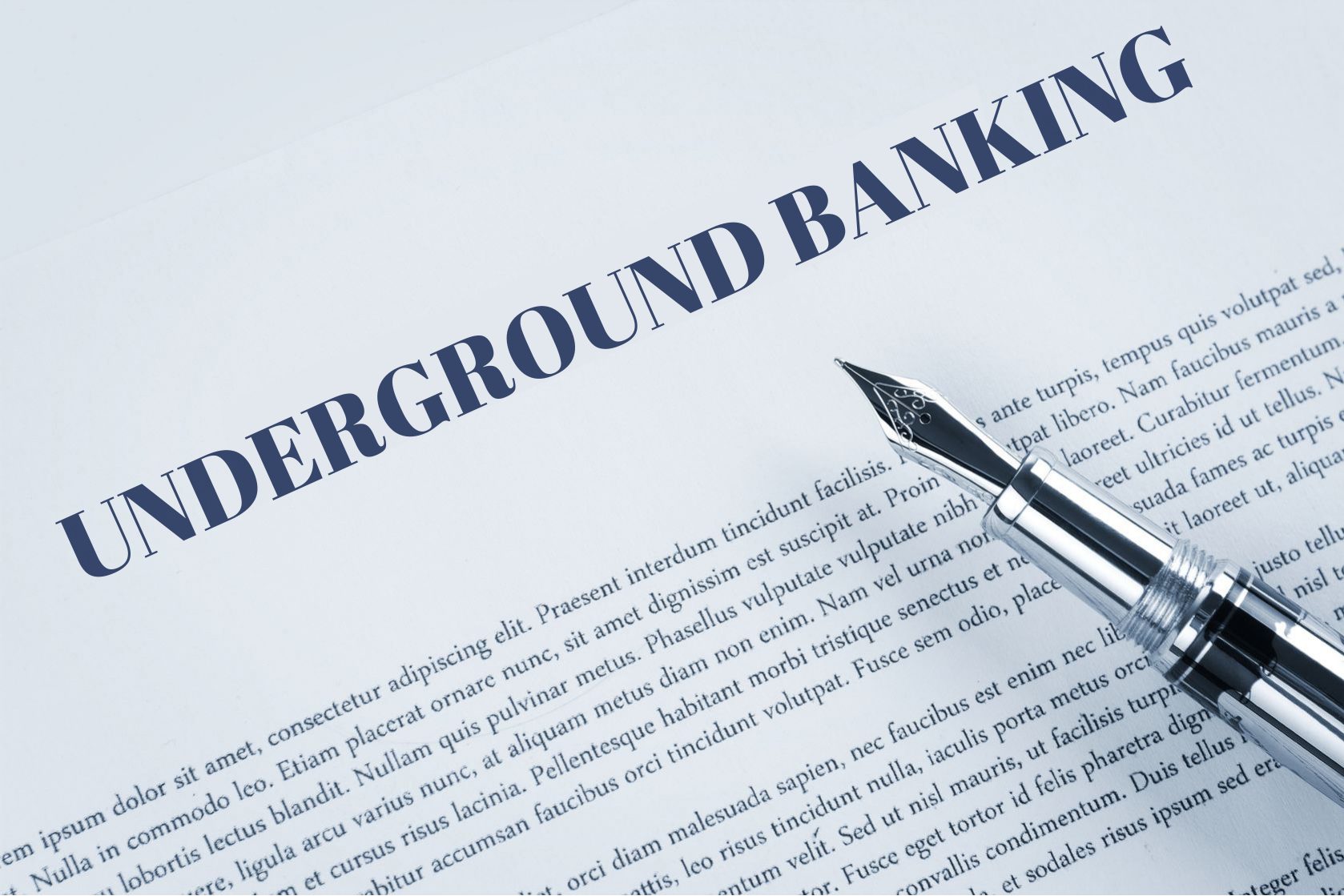Introduction
The recent judgment in the case of DBS Bank (Hong Kong) Ltd v. Pan Jing, HCA 3299/2016 handed down on 24 January 2020 serves as a timely reminder of the risk of using “underground bank” to transfer funds from the mainland China to Hong Kong. It also demonstrates how a victim of fraud was able to recover its funds transferred to a recipient who is not implicated with fraud.
Transferring funds to Hong Kong via "underground bank"
What happened in that case was not unfamiliar. Pan, a businessmen residing in Hangzhou, China, needed US currency for paying the consideration under a transaction in Hong Kong. He therefore found his friend Xu to assist in purchasing US$150,000. According to Xu’s instruction, Pan transferred RMB 1,025,000 (being the equivalent of US$150,000) to Xu’s bank account and Xu onward transferred the RMB1,025,000 to a third party’s bank account in Shenzhen. Almost simultaneously, Pan’s account in Hong Kong was credited with US$150,000.
Apparently, these arrangements, commonly known as “underground bank”, were to evade the foreign exchange control regulations in China, which impose restrictions on PRC residents to transfer funds out of China.
The transfer gets Pan involved in a scheme of fraud
The payment of US$150,000 to his Hong Kong bank account got Pan in trouble. This sum was remitted by an unknown company called H2H in Hong Kong. It happened that the Plaintiff, DBS Bank, claimed that through a scheme of fraud, it had transferred US$12.6 million to the bank account of H2H and out of this sum H2H transferred US$150,000 to Pan's account. DBS Bank therefore claimed that the US$150,000 paid to Pan’s account formed part of its payment procured by fraud and it sued Pan for recovery of the US$150,000 on the ground of unjust enrichment and applied for summary judgment against Pan.
Pan’s predicament
Pan appeared to be “innocent”. He might have fallen foul of the foreign exchange control regulations in the PRC but he was no part of the fraud perpetrated against DBS Bank. Facing the summary judgment application by DBS Bank, he “came clean” by telling the Court that he had only used “underground banking” and that was why he received the tainted funds. He argued that he just entrusted Xu to purchase US$150,000 and he expected Xu would do it properly and legally. Furthermore, he would not have expected or knew that the US150, 000 came from an illegal source. He therefore raised the defence that he was a bona fide purchaser of the US$150,000 and also the defence of change of position, which, if established, could defeat the restitution claim based on unjust enrichment by the DBS Bank.
Was Pan able to “save” his US150,000?
Sir William Blair, sitting as Deputy High Court Judge of the High Court, granted summary judgment for the sum of US$150,000 in favour of DBS Bank. Expert evidence on PRC law was adduced before the Court to prove that the “underground” method breached the PRC law and thus rendered Pan liable to an administrative penalty in mainland China. This finding of illegality was crucial and determinative of the defences raised by Pan. The learned Judge accepted that Pan did not know that the US$150,000 came from an illegal source. But His Lordship also held that it was not credible to suppose that he did not even know how the exchange would be affected. As the relevant act of the exchange was illegal under PRC law, it ruled out the defences of bona fide purchaser for value and change of position raised by Pan. There being no valid defence raised by Pan, the DBS Bank was granted summary judgment for the sum of US$150,000 together with costs and interests against Pan.
A lesson to those who used “underground banking”
To Pan, the outcome was certainly most unfavorable. He had paid RMB 1,025,000 for the exchange but in the end he needed to disgorge the US$150,000 to DBS Bank, not to mention that he needed to pay the bank’s legal costs and interest. He suffered substantially economically.
The case reveals the inherent danger in using “underground” method to transfer funds out of the mainland China to Hong Kong, leaving aside that such method is by itself illegal in mainland China. There is always no guarantee that the funds credited to the account in Hong Kong were from a legitimate source. The payer is usually a stranger to the recipient and the recipient will have little if any means to find out the source of the funds. If, as in the above case, the funds originated from a tainted source, the recipient in the position of Pan will have difficulty raising an arguable defence to the claim by the victim.
It was also likely that, when tainted funds were paid to a Hong Kong bank account as a result of fraud, the Hong Kong Police would freeze the bank account promptly upon the complaint by the victim, pending investigation of money laundering offences. The account holder might be investigated or even arrested by the Police. In the above case, it seems already fortunate for Pan that, as the learned Judge had expressly said at the beginning of the Judgment, he was not in any way implicated in the fraud.
The case is a good news to victims?
DBS Bank was able to recover US$150,000 from Pan, even though there was no evidence that Pan took part in the fraud and he was only a “second-level” recipient (i.e. the funds were first paid to H2H and then H2H paid it to Pan). Does the case mean that the victims of fraud can now easily recover funds from second or even third level recipients? In reality, a victim of fraud has a number of hurdles to overcome.
Firstly, the victim has to “trace” the funds to the end-recipients and this by no means is a simple exercise. In the above case, tracing was not in issue because Pan accepted that his US$150,000 came from H2H and there was evidence that DBS Bank paid the funds to H2H as a result of fraud. But what if Pan did not admit that his funds came from H2H? Presumably, DBS Bank would then need to adduce bank documents such as remittance slip or payment advice in order to prove that H2H channeled the tainted funds from its own account to Pan’s own account. It is not an easy exercise to obtain such bank documents. Neither the bank nor the Police would give the victim such documents without a court order. A victim may find it necessary to obtain a Mareva Injunction (which operates to freeze the bank accounts of the fraudster) and a Banker Trust Order, which is a disclosure order requiring the bank to disclose information concerning the fraudster’s account. The victim may then be able to find out the whereabouts of its funds.
Secondly, time is of essence. After funds were paid to the fraudster’ account, the fraudster can dissipate them all in split seconds. By the time the victim obtained the Mareva Injunction and Banker Trust Order against the fraudster, the fraudster might have already remitted the funds to a second level recipient like Pan. It is therefore always advisable to immediately lodge a complaint to the Hong Kong Police and consult your legal representatives. In our experience, presented with solid evidence of fraud, the Hong Kong Police would normally promptly freeze the relevant bank accounts, including those of second level recipients.
Thirdly, assuming that the victim finally obtained evidence showing funds were paid to the bank account of a second-level recipient, it still needs to establish its claim against him. In the above case, DBS pleaded a constructive trust claim but it did not pursue it in the summary judgment application. This appears to be a wise decision, because to succeed in the constructive trust claim, it would be essential to prove knowledge of fraud on the part of Pan (and there was no such evidence) and, more importantly, the Court will not grant a summary judgment if there was an allegation of fraud. The victim will then have to go through a full trial, which can be costly and time –consuming.
Thus, DBS Bank only relied on the restitution claim based on unjust enrichment for the purpose of the summary judgment application. It succeeded in the end but it does not mean that a victim in a similar position will always succeed. Let’s change the fact a little bit. Suppose it was not a case of “underground banking” and H2H paid US$150,000 to Pan merely because Pan had genuinely provided some services for H2H. The transaction between H2H and Pan was entirely legitimate. In such situation, the defences of bona fide purchaser and change of position may well be made out and the bank’s claim will be defeated. The problem is, before commencing legal proceedings and indeed before receiving the defence, the victim may not be able to ascertain whether there was any legitimate transaction between the fraudster and the second level receipt which may account for the payment. If it transpires that the fraudster paid the tainted funds to the second level recipient for a legitimate purpose, then it would be very difficult if not impossible for the victim to recover the funds from the second level recipient.
Concluding remarks
Our firm has handled numerous complex fraud cases and we were engaged in heavy exercise of assets tracing and recovery. Some cases ended up with satisfactory results and some bore no fruits since the funds were dwindled or long gone before we were consulted. Email scam fraud or telephone scheme fraud are increasingly rampant around the world and many of the cases we handled involved cross-border elements. It is trite to say that prevention is better than cure but we may stress that, when presented with any instructions to make payment, it would always be a counsel of prudence to directly talk the recipient in order to verify the matter, especially the funds to be remitted are of a significant amount.




